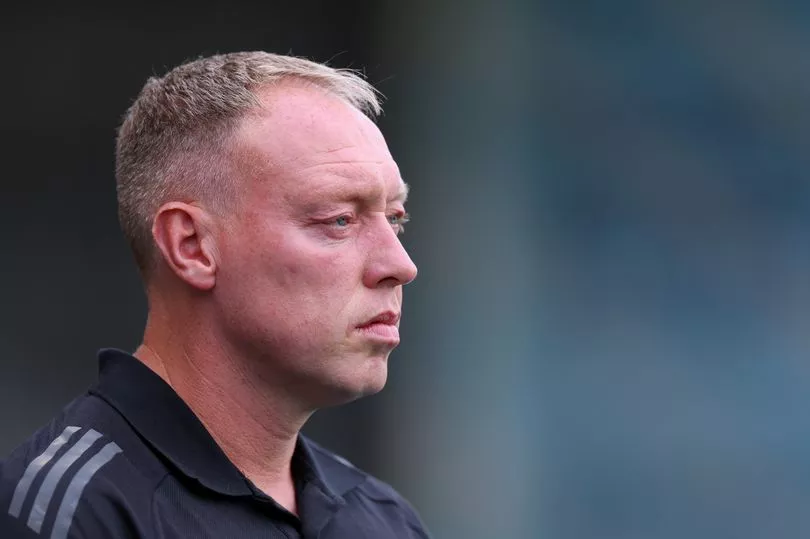
Analysis from Leicester City’s 1-0 defeat to Palermo, looking at the tactics, the call for new signings, Wilfred Ndidi’s role, the missing players and captain Conor Coady
Midway through the first half, there was a flash of deja vu for the Leicester City faithful among the 3,000-strong crowd at Chesterfield.
Abdul Fatawu picked up the ball on the right wing, Wilfred Ndidi made an underlapping run, and the former played a ball to the byline for the latter, leading to a dinked cross. It was a move straight out of the Enzo Maresca playbook, and was a regular sight at the King Power Stadium last season.
While the influences of Maresca could be felt in City’s first public pre-season friendly at Shrewsbury, against Palermo on Friday night, the set-up and style were even more similar to last term. There just wasn’t the victory that usually followed last season.
Fatawu, after an outing on the left in midweek, was back on the right flank. Stephy Mavididi’s starting position was on the left wing, rather than in the middle. Ndidi, back to being a sitting midfielder in Shropshire, was pushed forward into an advanced role again.
And once they found their feet after a drab first 30 minutes, the performance was familiar too. City had much more control than against Shrewsbury and once they’d established their domination of possession, they pushed high, the back three stationing themselves midway inside Palermo’s half.
The difficulties they had in fashioning clear-cut chances against Palermo’s deep-set defence were not uncommon last season either. When they did manoeuvre themselves into the box to get a shot away, a Palermo defender was usually in the way.
There were still differences from last season. James Justin was the hybrid full-back this time, pushing from the defence onto the wing, as Ricardo Pereira played in the first half at Shrewsbury. The full-back moving into central midfield, a staple of Maresca’s plan, has not yet been utilised.
It didn’t feel like City used Mads Hermansen as much as they did last season either. But that may just be because they were so high up the pitch that they did not need to call on him.
The performance and the comparison with Shrewsbury gave the impression that Cooper is still experimenting, still figuring things out, and still deciding how much his gameplan will be influenced by what came before. He did seem much happier with the general build-up play, suggesting he does want his team to dominate possession. But he also admitted to fielding players in positions he couldn’t see them playing once the competitive matches begin, simply to get them minutes.
As such, the time for cut-and-dry judgements has still not arrived. The friendlies with Augsburg and Lens, when the Tottenham opener will be coming into view, should reveal more about the set-up, the gameplan, and the line-up Cooper sees as being City’s best bet for the Premier League.
Why Cooper avoided straight answer on striker question
How do City improve? Transfers. It’s Cooper’s go-to answer, the manager making it very clear he feels the team need new recruits to be capable of competing in the Premier League.
When asked if a new striker was on the list of deals City must do, Cooper gave a politician’s answer, neither replying yes nor no. But by responding in such a way, it feels like he’s leaning towards yes.
His hesitance felt like an attempt not to upset the strikers currently at the club, and who he may still need. If Cooper outright says City need a new forward, it suggests to Patson Daka and Tom Cannon that he does not think they’re good enough and that they may have to leave.
Leave a Reply